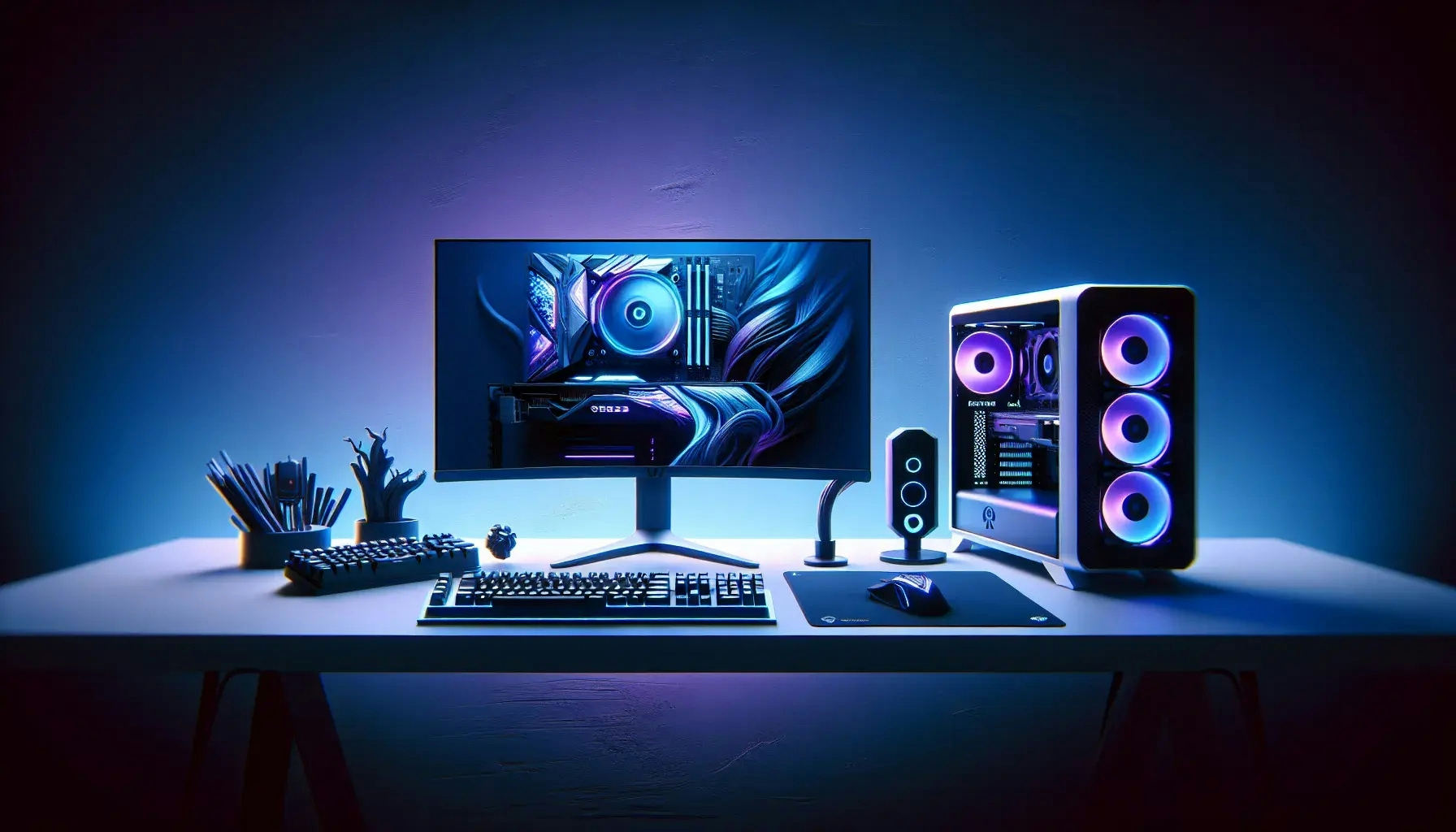Welcome to our comprehensive guide on enhancing the visual quality in computer games. This blog post will delve into the various strategies and techniques that game developers can employ to improve graphics in their games. We will explore everything from hardware considerations to software solutions, providing a holistic view of the subject.
Understanding the Importance of Graphics in Gaming
Graphics play a crucial role in the gaming experience. They can make or break a game, determining its success or failure. High-quality graphics can immerse players in the game world, making the experience more enjoyable and engaging.
In the early days of gaming, developers had limited resources and technology. Games had simple, pixelated graphics that left much to the imagination. However, as technology advanced, so did the graphics in games. Today, we have games with realistic graphics that can rival real-life visuals.
But improving graphics in games is not just about making them look better. It also involves optimizing performance to ensure smooth gameplay. This is where the balance between graphics and performance comes into play.
Hardware Considerations for Better Graphics
The hardware of a computer plays a significant role in the quality of graphics in games. The graphics card, in particular, is a critical component. It processes all the visual data and renders the images you see on the screen.
A high-end graphics card can handle complex visuals and provide a smoother gaming experience. However, not all gamers have access to the latest and greatest hardware. This is where optimization comes into play. Developers need to ensure their games can run smoothly on a variety of hardware configurations.
Another important hardware consideration is the monitor. A monitor with a higher resolution can display more detail, improving the overall visual quality. However, a higher resolution also requires more processing power. Therefore, developers need to find a balance between visual quality and performance.
Software Solutions for Enhanced Graphics
On the software side, there are several techniques that developers can use to improve graphics in games. One of these is anti-aliasing. This technique smooths out the edges of objects, making them look more realistic.
Another technique is texture mapping. This involves applying a 2D image to a 3D model to give it a realistic appearance. There are different types of texture mapping, each with its own advantages and disadvantages.
Shaders also play a crucial role in improving graphics. They control how the game renders light and shadow, which can greatly affect the visual quality.
The Role of Game Engines in Graphics Improvement
Game engines are software that developers use to create games. They provide a framework for game development, including tools for graphics, physics, and sound.
Some game engines are known for their superior graphics capabilities. These engines can handle complex visuals and provide a range of tools for developers to enhance the visual quality of their games.
However, using a high-end game engine does not guarantee better graphics. Developers still need to optimize their games for different hardware configurations and make use of the various graphics techniques available.
Future Trends in Game Graphics
The future of game graphics looks promising. With advancements in technology, we can expect even more realistic visuals in games.
One trend to watch out for is ray tracing. This technique simulates the way light behaves in the real world, resulting in more realistic lighting and shadows.
Virtual reality (VR) is another area with potential for graphics improvement. As VR technology improves, we can expect more immersive and visually impressive VR games.
Balancing Graphics and Performance
While improving graphics is important, developers also need to consider performance. A game with stunning visuals but poor performance will not provide a good gaming experience.
Optimization is key here. Developers need to find a balance between visual quality and performance, ensuring their games run smoothly on a variety of hardware configurations.
Wrapping Up: The Journey Towards Better Game Graphics
Improving graphics in computer games is a complex task that involves a balance of hardware capabilities, software techniques, and optimization. As technology continues to advance, we can look forward to even more visually impressive games in the future. However, the challenge for developers will remain: how to deliver stunning visuals while ensuring smooth performance.

